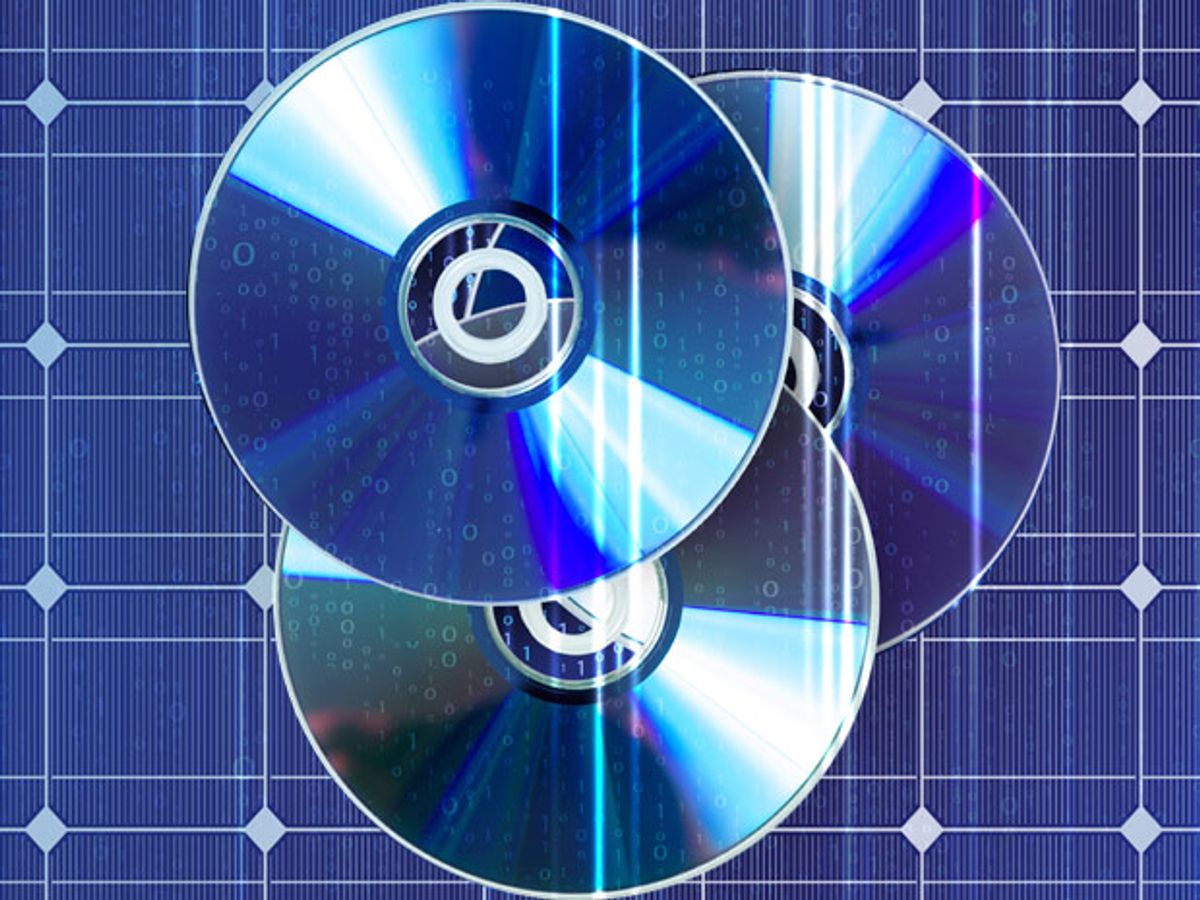Blu-ray had the misfortune to arrive at the very end of the era of optical storage media. Blu-ray discs are (were) certainly better than DVDs, but it was an incremental improvement at best, as they didn’t offer the same kind of revolution that the DVD offered over VHS. And with the cloud and high speed Internet becoming the standards for media storage and distribution, the future for the Blu-ray disc is a bleak one, full of shiny plastic shards in recycling bins.
Researchers at Northwestern University have hit upon a way to give Blu-ray discs a second chance at usefulness: They make excellent molds for imprinting solar cells with quasi-random nanostructures. Even the ones with terrible movies on them.
The efficiency of a solar cell is dependent on how many photons it can absorb. Quasi-random nanostructures on the subwavelength scale can be imprinted on solar cells to increase the number of photons that get trapped, but it’s very expensive to create the molds required for fabrication. Experiments have been done to see whether blank optical media could be used to cheaply and efficiently imprint these nanostructures, but the periodicity of the pattern on a blank disc wasn’t very effective at trapping photons.
The binary data on a full Blu-ray disc, on the other hand, has a nanostructure that’s very different. It consists of compressed binary sequences that have been applied with an error control modulation, so that all those segments of ones and zeros (physically translated into islands and pits on the surface of the disc) are always between two and seven digits long. Since the length of a single digit is 75 nanometers, a full disc ends up being etched with a quasi-random pattern of islands and pits ranging in length from 150 nm to 525 nm. These dimensions happen to be “near optimal” for trapping photons in the visible and near infrared portions of the spectrum.

The Northwestern researchers chose to experiment with a Blu-ray copy of Police Story 3: Supercop for reasons that we can all understand. They delaminated the surface of the disc to expose the pattern of bits, and then created a negative mold. The mold was then pressed onto a pre-fabricated polymer active layer to transfer the pattern, and evaporative electrode deposition completed the solar panel.
Overall, the Blu-ray-patterned panels absorbed an impressive 21.8 percent more light than non-patterned panels. This raised the panels’ power conversion efficiency by nearly 12 percent. And as the researchers point out, it doesn’t matter at all what the data on a disc is, as long as it’s full of something that’s been quasi-randomized by data compression and error control modulation. You can use bad movies, terrible movies, or even Manos: The Hands of Fate.
While it’s certainly appealing to think about recycling our Blu-ray discs directly into more efficient solar panels, a more realistic approach might be to use the mass-production infrastructure that’s already in place to create optical media that’s adapted to improving solar cell performance.
Evan Ackerman is a senior editor at IEEE Spectrum. Since 2007, he has written over 6,000 articles on robotics and technology. He has a degree in Martian geology and is excellent at playing bagpipes.



